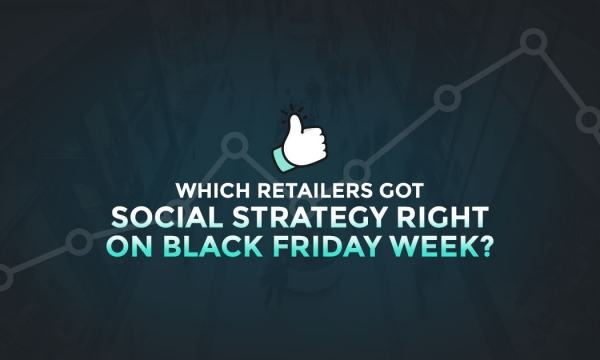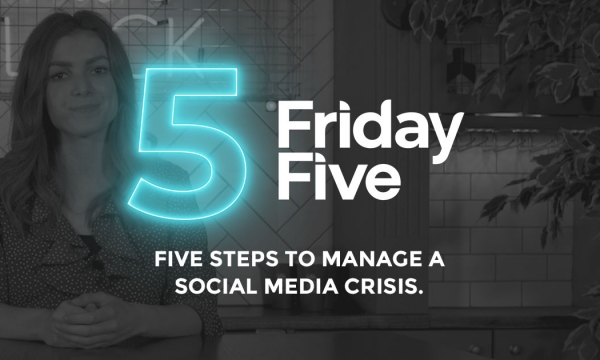Social media is now an established component of the marketing strategies for most major brands and yet, too many are still falling victim to bad crisis management. Time after time, we see brands that should know better find themselves at the centre of an entirely preventable crisis.
Our social media crisis management whitepaper highlights a number of examples where brands were caught out by fundamental failures in the way they handled a social media storm and, typically, all of these examples were the result of a failure to follow these four key principles of social crisis management.
Prevention
This is the first line of defence in your social media crisis management plan. This is where you work to identify the potential risks and minimise the chances of any crisis occurring in the first place.
Different brands will have different challenges on various different scales. What is important is identifying the strengths and weaknesses of your brand to identify any potential risks that, if they came to light, you would need to address.
Is your brand scrutinised on issues such as employee welfare, taxation or customer service? Are there environmental concerns in your industry? Could external forces, such as adverse weather, industrial action, technology failures or political unrest put impact your business? If so, consider how you could manage these factors through social media.
Whilst it may be an unpopular sentiment, there are brands for which having a presence on social media could be more trouble than it’s worth. If you’re a brand that is receiving more complaints than it can deal with on social, answering hardly any of them or providing responses that are bound by regulations on what you can and can’t say, you’re probably better off not being there.
This is not to say that you should put your fingers in your ears and pretend it isn’t happening, quite the contrary. It’s critical to listen to what people are saying and give them the outlets that you can to help them. If you can give better service elsewhere, such as a live chat function, you can take better control of the situation. Only have a social customer service presence if you can staff it, provide genuine help and advice and perhaps add value to your brand as a whole.
Preparation
Once you have identified the potential risks, you need to formulate a plan or procedure that you can deploy as soon as you have established that your brand is experiencing a social media crisis.
This is about ensuring that you have a defined procedure that clearly spells out how your brand is going to react to different scales of crisis, and with whom the responsibility lies for deploying that reaction.
Have a process flowchart in place for determining the severity of a problem. For example, if a controversial comment is made, there should be a flow of processes in place if that comment has come from someone influential (for instance, a celebrity with a large number of followers), whether a comment is gaining traction or whether the comment has come from an internal source. It’s often useful to grade the threat out of 10 or by colour to highlight its severity.
Each crisis flow is also linked to appropriate stakeholders and these flows need to be completed for the different types of problems faced by specific businesses.
In the case of a small-scale challenge, you may feel comfortable allowing your customer services team to be at the forefront, addressing comments directly. However, for larger scale crises, more senior people may be needed to address the problem – from PR or legal, up to and including the CEO.
Following this process allows you to quickly and objectively determine the severity of the problem and allocate the most appropriate resource to deliver that response.
Response
You will rarely get advance warning of a potential crisis, but try to apply the events that have unfolded to your preparation plan. Understand what is happening, gather the people necessary to respond to the problem and define your solution.
Timing is also critical here. You want to be responding quickly enough to appease your audience but at the same time, it is vital that you take time to reflect and construct an appropriate response. Those that respond rashly, particularly in serious circumstances just add fuel to the fire.
Recovery
Some social media crises will naturally calm down very quickly, whilst others will continue to rumble on for days, weeks or even months.
The recovery process is about returning the brand back to normality, assessing the damage caused and ensuring that the brand has addressed, where possible, the cause of the problem.



